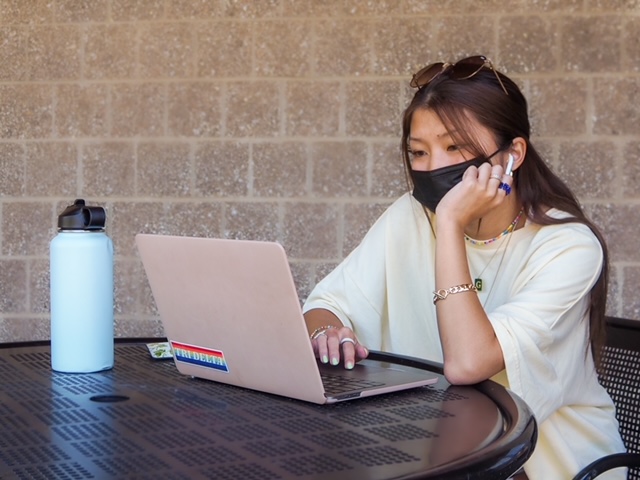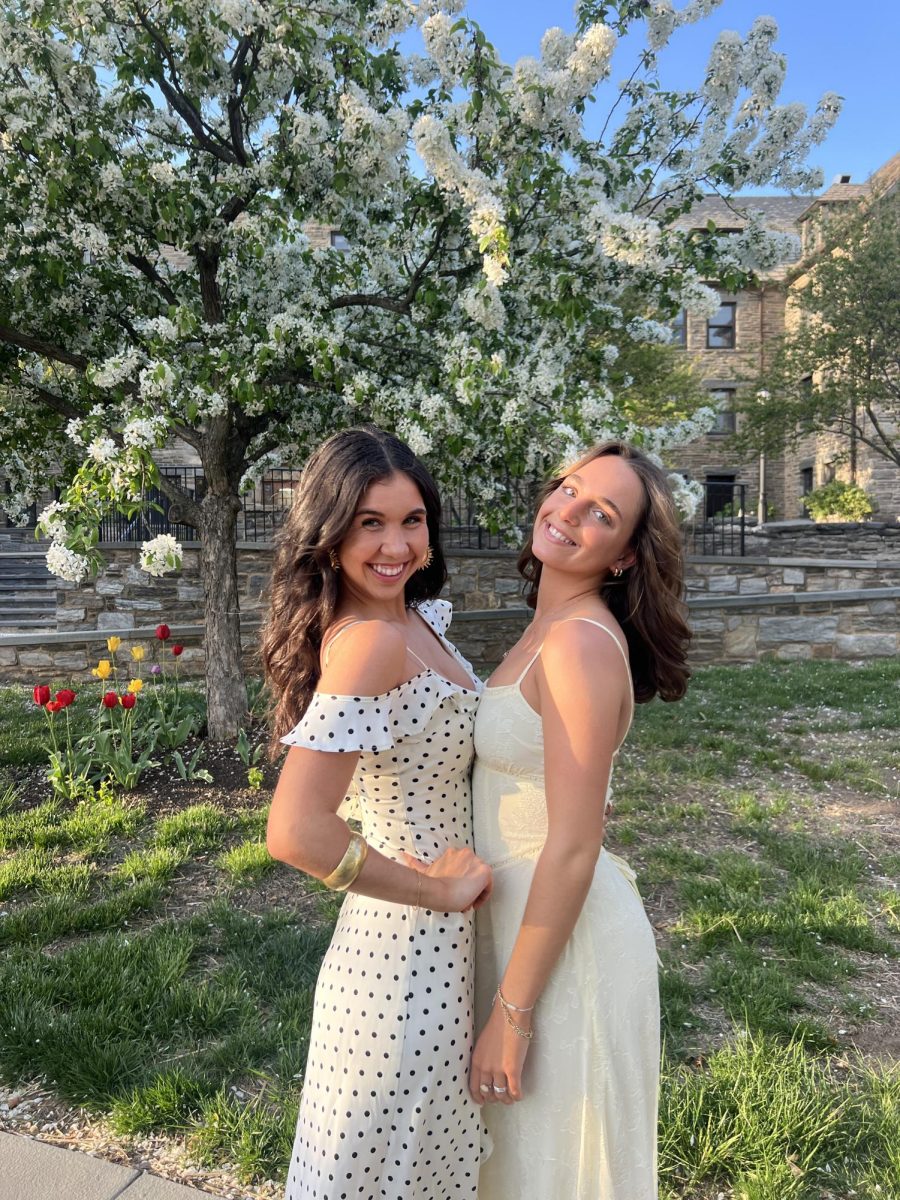On Mar. 13, 2020, COVID-19 was declared a national emergency. Now, four years later, the pandemic has claimed the lives of 1.2 million Americans and seven million worldwide.
I remember that day so vividly. I was a sophomore in high school. I had just hopped off the bus and waved “good-bye” to my neighbors, thinking the next time we’d be back together would be in two weeks after an extended Spring Break. Two weeks turned into two months, and my sophomore year of high school was lost. For that period of initial quarantine, I felt as if the world had stopped. Each night, my family gathered around the small television we had in our kitchen and listened to daily briefings from the White House. We were always inundated with new, and often confusing, information about the disease and preventative methods: to mask or not to mask, to gather or not to gather, to test or not to test.
Now, as a sophomore at Villanova, my life is relatively worry-free in terms of Covid. My days of contact tracing, masking, cohorting and online-schooling are over. Four years ago, if you would have asked me if I imagined life returning to “normal,” I would have said no. I could not have imagined a sense of normalcy returning to my life.
I am lucky that I can enjoy my college experience void of intense, health-related anxiety, isolation and confusion. The graduating Class of 2024, however, had a very different experience.
“We still dealt with a lot of adversity trying to transition into college life in the thralls of a global pandemic,” senior Joe Coyne said. “Freshman year is when you typically form your initial friend groups and join clubs, but we were stunted in this process, and many felt a sense of uncertainty and isolation.”
According to a BestColleges survey from 2021, more than nine in 10 college students reported having experienced negative mental health impacts due to Covid-related circumstances, including isolation and anxiety. There is no doubt that there is a youth mental health crisis in the United States that only worsened during Covid, which stunted social growth and development for teenagers and young adults. Additionally, an increased reliance on technology stemming from the pandemic has created a culture of psychological codependency on our phones. Four years ago, it was how we were able to stay connected with the outside world. Today, it is how we continue to communicate, often leading to self-isolation.
TikTok became popular during the height of the pandemic. In Q1 of 2020 alone, the app had 315 million downloads, the best quarter experienced by any app, ever. Whether people tried to master a dance to learned how to make whipped coffee, TikTok became a one-stop shop for content creation and sharing. It was a way in which people could engage with each other. It was and continues to be a space for escape from current situations, which, four years ago, was the pandemic.
Nevertheless, as we settle into a new sense of normalcy, we must acknowledge that we are living in a decade that will forever be changed by Covid. As we continue to find new ways to mitigate the virus, we must urge public health officials and policymakers to address the social and emotional impacts that Covid has had and continues to have on those who experienced their most formative years during this time. While Covid may have erased high school sports seasons, proms and opportunities to make memories with friends in high school and college, it has not erased the sense of community embraced by those who remember the day the world stopped.







